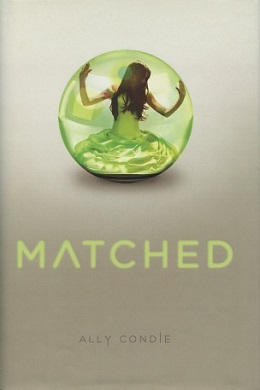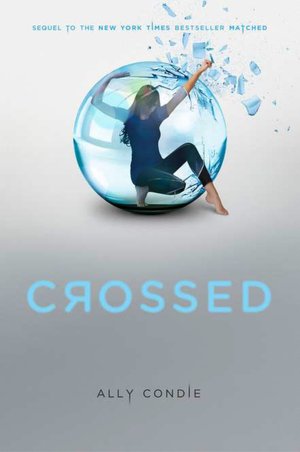 |
| Projecting my iPad screen on to my laptop using the Reflection App |
This morning, I woke up to this article. Apparently Google already has a Nexus 10 in the works (10 inch). I'm more excited about this than the 7 inch Nexus 7. I'm a firm believer that competition makes better products. If the Nexus 10 can live up to the hype, then the iPad will have some serious competition and Apple will push to make an even better product.
I've said it many times here, and I'll say it again. The iPad is not only a consumption device, it's also a creation tool. For those complainers out there who say the iPad (or other tablets) can't compare to the power of a laptop, that's somewhat true. There are things that are easier to do on a laptop. BUT there are other things that the iPad does better than laptops. I would argue that there are benefits to both. For my favorite creation tools, see my previous posts.
Last night I watched a video of educators discussing the latest wave of technology to be released at Google I/O. They shared my frustration that Google has yet to figure out editing of Google Docs on a tablet. By the way, this is my number one request from Google right now. Then I heard someone say that after all, the iPad isn't there yet as a creative tool - it's mainly designed for consumption. ARGH. This, I completely disagree with.
If you are feeling like your iPad isn't doing you much good aside from consumption, please send it to me. I'll put it to good use.This past year, I regularly used laptops in my classroom. We had headaches and issues with these tools. There is not one panacea. Were the problems enough to make me want to stop using technology in my classroom? NO. The benefits outweigh any difficulties. Showing the students how to work through issues has its own benefits.
My point is, yes, iPads and other tablets are not perfect. Neither are laptops. There are problems and benefits with both. But please think before you label a device as subpar and limited when it actually is revolutionary, intuitive, engaging, and useful. Maybe you have to think outside of the box to put tablets to their best use in the classroom - but that's a good thing.






.PNG)





















.JPG)
